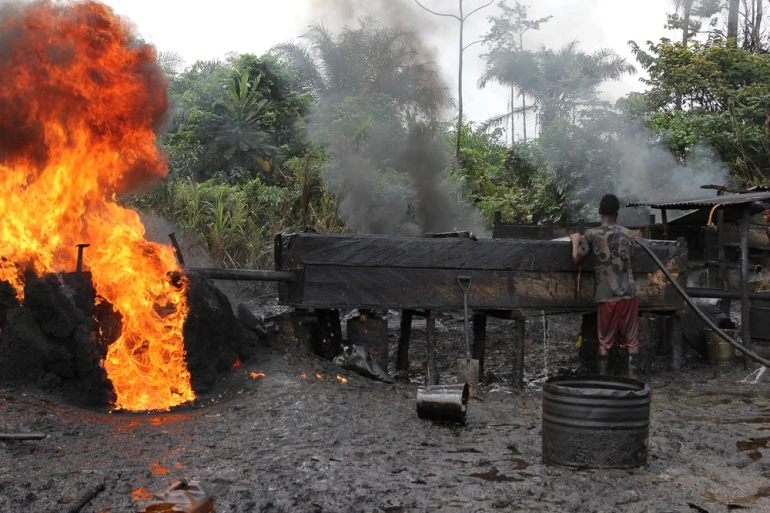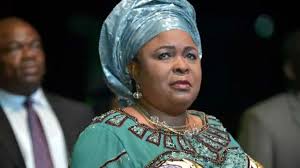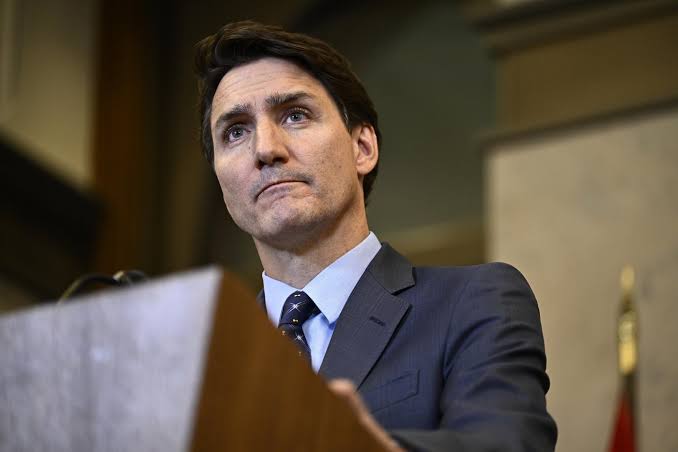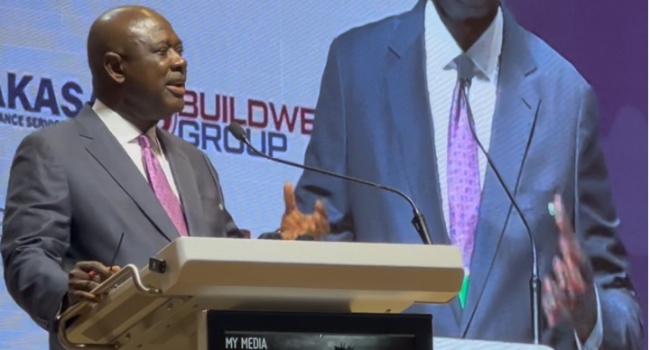Why market is falling today: Investors lose Rs 10 lakh crore as Sensex crashes over 1,200 points; key factors that fueled the crash - The Economic Times
Indian benchmark indices closed lower for the fifth straight session on Tuesday, with the Sensex tumbling over 1,000 points and the Nifty50 slipping below 23,100, weighed down by banking, auto, metal, and IT stocks. Weak domestic earnings and concerns over U.S. trade policy continued to pressure investor sentiment.
The BSE Sensex dropped 1,018 points, or 1.32%, to 76,293, while the NSE Nifty declined 310 points, or 1.32%, to settle at 23,071.
All major sectors ended in the red, with smallcap and midcap indices losing 3.45% and 3%, respectively.
The total market capitalization of BSE-listed companies shrank by Rs 9.3 lakh crore to Rs 408.52 lakh crore.
HDFC Bank, ICICI Bank, and Kotak Mahindra Bank were among the top drags, falling by up to 2.1% and collectively contributing 235 points to the Sensex’s overall decline.
President Donald Trump substantially raised tariffs on steel and aluminum imports on Monday to a flat 25% "without exceptions or exemptions," in a move to aid the struggling industries but which increases the risk of a multi-front trade war.
Trump eliminated country-specific exceptions and quota deals, as well as hundreds of product-specific tariff exclusions. A White House official confirmed that the new tariffs will take effect on March 4. The rate will return to 25% on imports from Canada, Brazil, Mexico, South Korea, and others that previously enjoyed carve-outs.
The move will simplify tariffs on the metals "so that everyone can understand exactly what it means," Trump told reporters. "It's 25% without exceptions or exemptions. That's all countries, no matter where it comes from, all countries."
"The ongoing uncertainty surrounding U.S. trade policies and tariffs, coupled with domestic economic growth concerns and persistent selling by FIIs, is dampening market sentiment," said Vinod Nair, Head of Research at Geojit Financial Services.
Investors are on edge ahead of Federal Reserve Chair Jerome Powell’s testimony before the Senate Banking, Housing, and Urban Affairs Committee. His remarks on tariffs and inflation will be closely watched for clues on future monetary policy.
Powell is set to appear before the Senate panel on Tuesday and the House Financial Services Committee on Wednesday.
"Investors are anticipating the PM’s visit to the U.S. for any potential relief in trade uncertainty, while the U.S. inflation data later today will also be a key focus," Nair said.
Foreign institutional investors have sold Indian equities worth $9.94 billion so far this year, according to NSDL data, further contributing to market weakness.
4) High Bond Yield and Dollar Index
The U.S. 10-year Treasury yield edged up to 4.519%, while the 2-year yield stood at 4.283%. Meanwhile, the dollar index climbed to 108.26, leading to increased capital outflows from emerging markets like India.
Higher bond yields make U.S. assets more attractive, while a stronger dollar raises foreign capital costs, further dampening market sentiment.
(Disclaimer: Recommendations, suggestions, views and opinions given by the experts are their own. These do not represent the views of The Economic Times)













